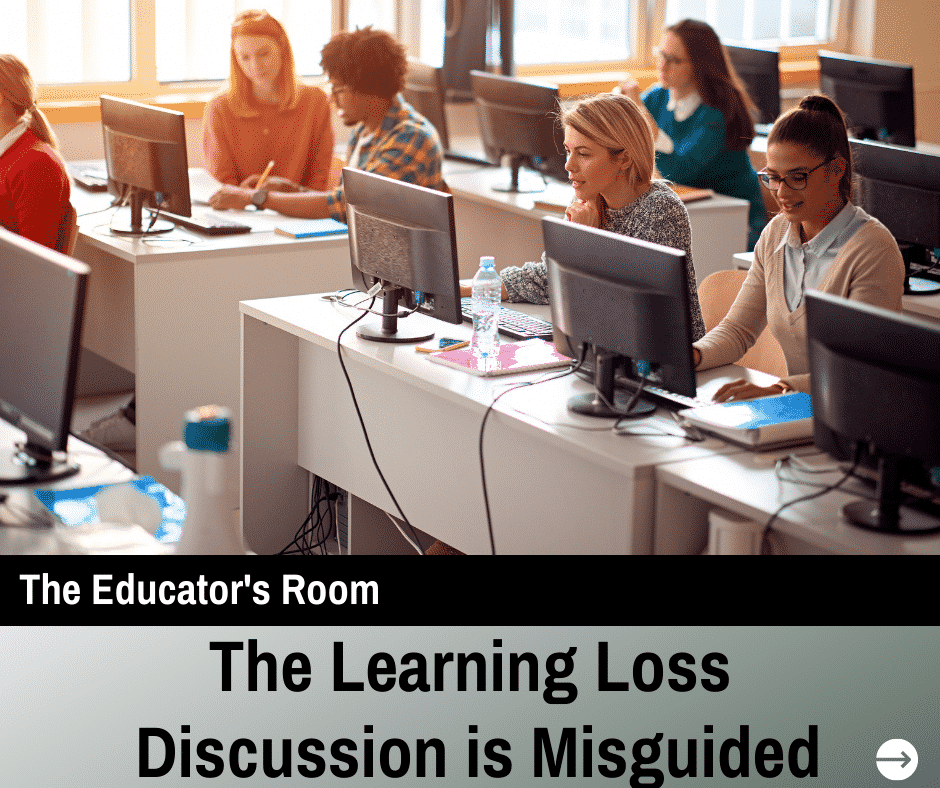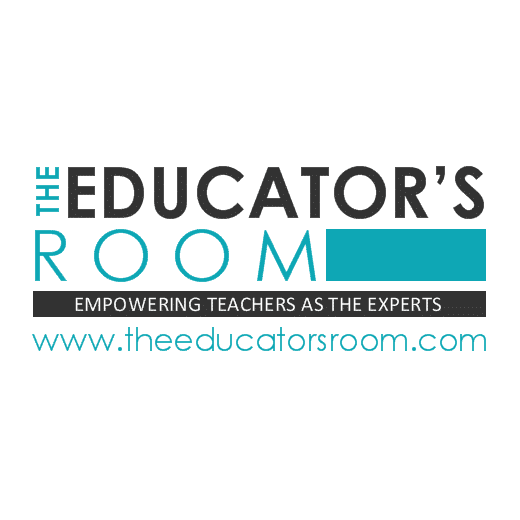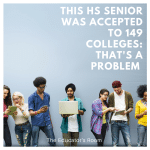“How are we going to navigate learning loss?”
“What about the students who aren’t having their needs met?”
“What are we going to do about next school year?”
Learning loss is the term of the year. It seems like everywhere you turn on the internet there is a discussion about the impacts of the shift to virtual learning on student achievement. What does learning loss really mean, anyway?
According to the Glossary of Education Reform, “the term learning loss refers to any specific or general loss of knowledge and skills or to reversals in academic progress, most commonly due to extended gaps or discontinuities in a student’s education.” Over the years, policymakers have talked about learning loss due to various events such as summer break, interrupted education, and ineffective teaching practices. Learning loss is not a new concept. The concept has gotten even greater attention due to online learning because of COVID-19. Everyone seems to be so concerned about students having major gaps in their learning. Organizations are talking about the racial disparities and lack of resources in low-income neighborhoods. Studies have shown that most students are falling behind, but students of color seem to be performing worse.
What about students who weren’t having their needs met when things were ‘normal’?
The achievement gap has been a concept talked about for as long as I’ve been in education. Test scores often show the gap between how White students perform and students of Color. Students with disabilities often perform significantly below students without disabilities. In her article From the Achievement Gap to the Education Debt: Understanding Achievement in U.S. Schools, Dr. Gloria Ladson-Billings argues that instead of an achievement gap, we need to acknowledge the education debt. The education debt is the “forgone schooling resources that we could have (should have) been investing in (primarily) low-income kids, which deficit leads to a variety of social problems that require on-going public investment.” The education debt is a result of the historical, economic, sociopolitical, and moral decisions and policies that characterize our society. This term more accurately describes the reality of our nation.
When we have a conversation about learning loss, we need to acknowledge the education debt of our nation. Our most vulnerable children have not had their needs met for several decades. COVID-19 only amplified the issues we have.
We also need to acknowledge that districts are still acting as though everything is normal. Yes, some schools are doing their best to provide high-quality instruction, but this situation is not ideal. The reality is that students are still expected to have standardized tests this year. The instruction students are receiving is to prepare them for a test that they shouldn’t even have to take. So, when we talk about learning loss, we need to take into account the systemic problems that are the status quo. The issues that the people in charge refuse to change.
Learning loss is not the biggest issue we face.
The conversation needs to shift to how the education system needs to be overhauled and restructured so that we do not have to talk about fleeing terms such as learning loss. Let’s change the questions we’re asking about learning loss. Let’s ask questions such as: How can we change the curriculum to highlight the genius in our students? How can we restructure the school day to allow more time for social-emotional learning? How can we help students make sense of the world? How can we shift our society’s need to ‘fix’ children and instead see them as assets in our classrooms, communities, and world? How can we shift teacher preparation to ensure teachers are truly prepared to provide culturally responsive teaching (CRT)?
What other questions would you add to shift the learning loss discussion?




